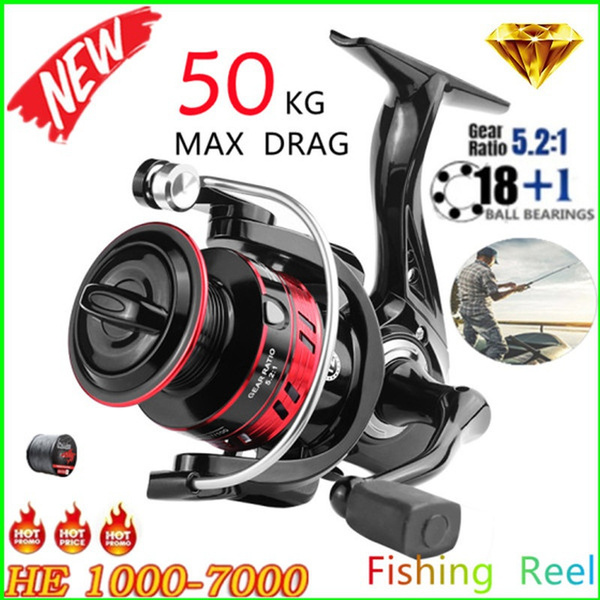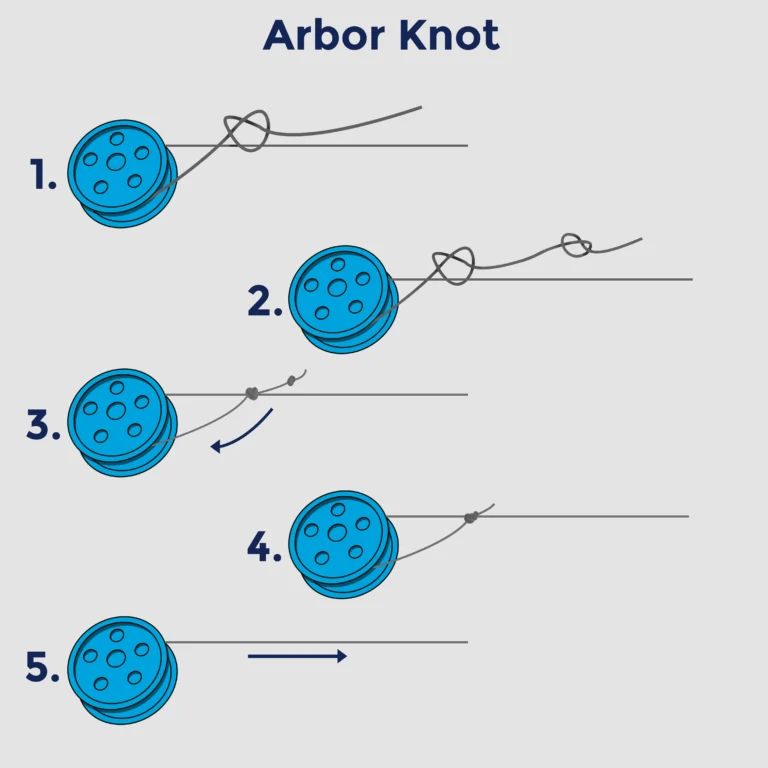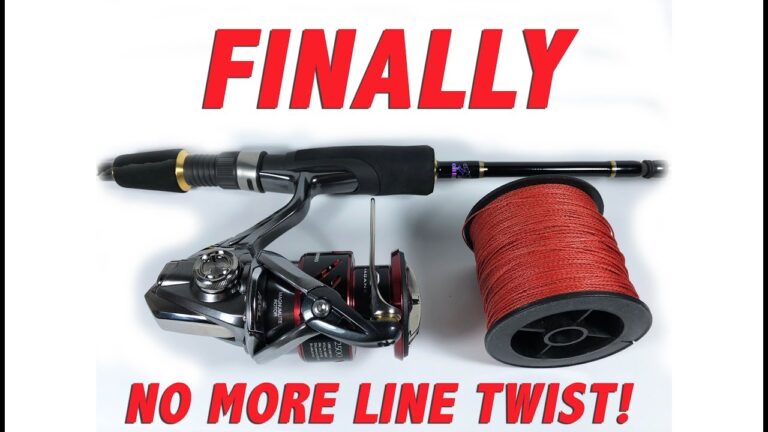What is Max Drag on a Reel?

Max drag on a reel is the maximum amount of resistance a fishing reel can exert. It stops a fish from pulling out more line.
Understanding max drag is crucial for anglers, as it determines the reel’s capability to handle big, strong fish without breaking the line. The drag system applies pressure to the reel’s spool, letting line out gradually to wear down a fish.
Anglers need to match the drag settings to the strength of their fishing line for optimal performance. A balanced setup enhances the chances of landing the catch successfully while protecting the gear from damage.
Perfect for both novice and experienced fishermen, knowing your reel’s max drag can mean the difference between a trophy catch and a fishing tale of the one that got away.

Credit: www.aliexpress.com
Max Drag On A Reel: The Basics
Max drag on a reel is a key term for fishers. It tells how much weight you can pull without breaking the line. Fishers need to know this to catch big fish safely. A strong drag stops fish from escaping. It also helps manage the tension.
Imagine trying to pull a very big fish. The fish fights back hard. The reel’s max drag is like a muscle. It says, “This is the most I can pull!” Knowing this helps you choose the right gear. You need this for big catches, so you don’t lose them!
Mechanics Of Drag Systems
The maximum drag of a reel is an important feature. It can tell you how much resistance a fish feels. Think about a big fish on the line. It pulls hard against the reel. The drag system helps control this pull. It doesn’t let the fish break the line.
Reels have different drag systems. Some use washers that create friction. Others use magnets. Friction makes it hard for the reel to give out line. This is how max drag is made. Stronger friction means higher drag. But a max drag must match the line strength. Too much drag can break the line.
Understanding your reel’s max drag is key. It helps you catch big fish. You need to know this to set your drag right. This way, a big fish won’t snap your line.
Factors Influencing Max Drag
The size of a reel greatly impacts its max drag capacity. Larger reels can often handle more weight, providing a higher max drag setting. This means stronger fish can be reeled in without breaking the line. The material from which a reel is made also plays a crucial role. High-quality materials like anodized aluminum and stainless steel are durable and can withstand greater forces, leading to improved drag performance.
Different types of fishing line affect max drag too. Braided lines offer more strength and can exert higher drag compared to monofilament lines. The line’s thickness and composition also determine how much stress it can handle before breaking. Matching the line’s capabilities with the reel’s max drag is key for optimal performance.

Credit: www.pennfishing.com
Setting The Right Drag
Determining the ideal drag setting is vital for effective fishing. Start by understanding your fishing line’s strength. The rule of thumb is to set the drag at a third of the line’s breaking strength. For a line rated at 15 pounds, the drag should be around 5 pounds. Use a spring scale to measure and set this accurately.
Adjusting the drag during a catch requires attentiveness. If the fish pulls hard, loosen the drag slightly to prevent the line from breaking. When the fish tires, tighten the drag to reel it in. Always adjust in small increments; sudden changes can lose the fish or snap the line.
Maintenance For Optimal Drag Performance
Maintaining optimal drag performance requires attention and care. Regular cleaning and lubrication are crucial routines. Anglers should perform these tasks often. Dirt and salt can hinder reel performance. Use a soft cloth and safe cleaners for wiping down. Special reel oil will keep parts moving smoothly.
Understanding wear and tear is vital for reel longevity. Look for these signs: difficulty in line pulling, abrupt drag release, or unusual noises. Seek professional help if you notice these issues. Early detection can save reels from severe damage.
Max Drag In Different Fishing Scenarios
Max drag plays a vital role in both freshwater and saltwater fishing. Saltwater fish often pull harder, requiring reels with higher max drag.
In freshwater, lighter drag settings are usually enough due to the typically smaller fish size. Knowledge of your reel’s max drag is crucial to prevent line breaks and to ensure the fish can be landed efficiently.
Heavy drag settings can lead to challenges. They put more pressure on the fishing line and can tire the angler quickly. Ensure your gear can handle the stress, or risk losing your catch. Balancing drag setting with the fishing conditions and target species is key for a successful outing.
Frequently Asked Questions
What Is A Good Max Drag On Reel?
A good max drag on a reel usually ranges between 10 to 30 pounds, catering to different fishing needs and fish sizes. Select based on your target species.
What Should Reel Drag Be Set At?
Set reel drag at one-third of the fishing line’s breaking strength for optimal performance. Adjust accordingly for varying fishing conditions and target fish sizes.
How Much Drag Do I Need On My Reel?
Set your reel’s drag to one-third of the fishing line’s breaking strength. Adjust accordingly based on fish size and fight strength. Always ensure your drag system functions smoothly to avoid line breaks and lost catches.
What Does Drag Mean On A Reel?
Drag on a reel is a mechanism that allows anglers to control the resistance felt by a fish pulling on the line, preventing the line from breaking.
Conclusion
Understanding max drag on a reel is crucial for angling success. It ensures your fishing adventures are both enjoyable and productive. Remember, choosing the right drag setting can mean the difference between a trophy catch and a lost battle. Stay informed, select wisely, and may your lines always be tight!





